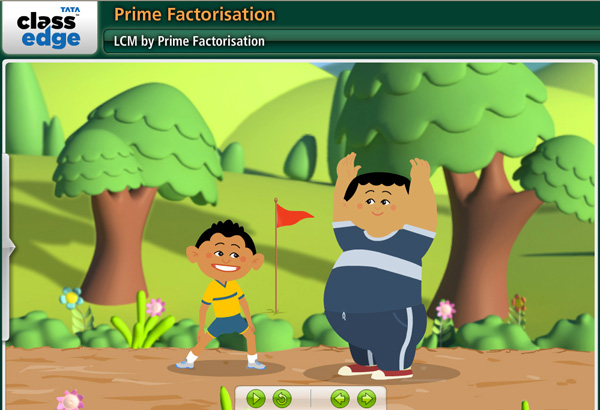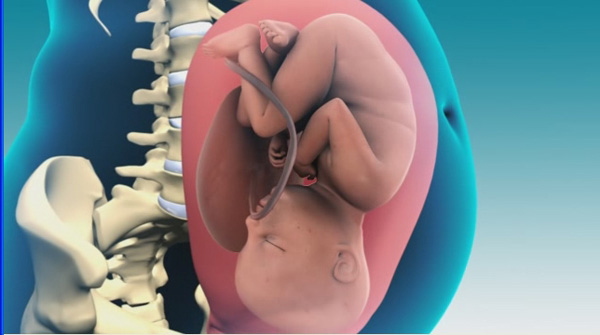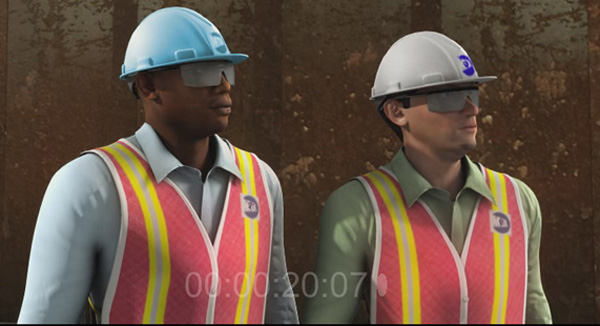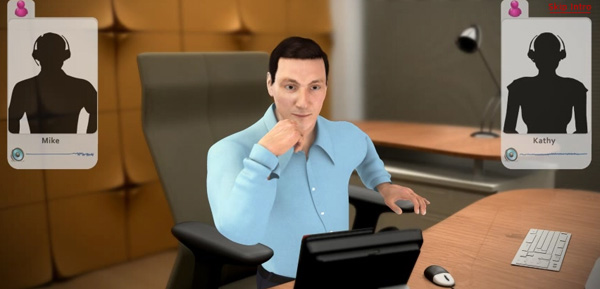Besides the AVCGI (Animation VFX Comics Games) Space, Animation and CGI are used extensively in several other verticals, in some cases they are mission critical, in some they add a lot of value addition.
Taking a cursory glance across those fields, AnimationXpress..com in a special series brings you some glimpses of Animation and how it is utilized in other fields, this week beginning with a chat with Tata Interactive Systems Manisha Mohan talking about E-Learning.

Tata Interactive has 22 years of experience in the business of developing interactive learning content and it has been successfully tested with users across the globe. The E-learning department is split into two divisions – the E-learning division and Tata ClassEdge. The e-learning division caters to learning needs of customers in different domains including Banking & Finance, Telecom, Healthcare, Manufacturing, Consumer Goods & Retail, Travel & Logistics, Publishers, and Universities. The customers for this division are from the US, UK, Europe, Middle East, Australia. In this division customers are across age-groups.
Tata ClassEdge provides learning solutions to Indian Schools. It provides content, teacher training as well as the projector and hardware for schools. Here it starts with pre-school children all the way till 12th standard students. For both the divisions there is a cross functional team including instructional designers, graphic designers, animators, software engineers and project managers. The e-learning department also uses the help of subject matter experts in each domain – including teachers, doctors, engineers etc.

Talking to AnimationXpress.com Manisha Mohan, Senior VP – Design & Animation, Tata Interactive Systems shared, “We create learning content in the form of web based training (WBT), Serious Games, Simulations, and Animation. These could be deployed across platforms (PC, Mac, mobile). Overall we develop all our own concepts internally. In the E-learning Division we create content for softskills training, safety training, or domain specific training for e.g. Teaching medical students specific surgical procedures, or employees of a manufacturing company about specific equipment. Our animation team has also done TV series work for Amar Chitra Katha, and has created animations on the stories of Vivekananda, or taught Baba Ramdev’s Yoga to children”.
“We have around 850 people at TIS. Out of this around 150 are from the graphics field including 2D, 3D animators, illustrators etc. We also insource a large number of animators and this number varies as per requirement”, Manisha added.
Tata ClassEdge Division focus on the Multiple Learning Experience Model – where it believes that the student’s learning should not be restricted to one way of learning alone. Its content includes lesson plans for the teachers which provide a framework for teachers to teach each concept – including activities they can conduct in class, worksheets that can be given to the students, as well as cross curricular examples and extensions for slow and gifted learners. There is media – which could be in the form of animation, videos, interactive games, simulations which can be conducted in class.

According to Manisha, duration is a difficult question to answer in the context of e-learning. While in the entertainment world films and ads are 3 hours or 30 seconds long respectively – our e-learning programs sometimes run for thousands of hours. The format is typically interactive content or animations done in flash or 3D softwares like Maya.
“We would like to believe our content is very user friendly. We have 22 years of experience in the business of developing interactive learning content and it has been successfully tested with users across the globe. The content we have developed in Tata ClassEdge is constantly getting feedback from schools. All core design is done by our internal team. We sometimes insource or outsource production work when the volume becomes too huge”, Manisha added. An indication of the quality of our programs is the fact that we’ve won over 60 awards in India and internationally for elearning.

In Tata ClassEdge most of the content is teacher lead – where the teacher uses a stylus and conducts the class using an interactive whiteboard which has content playing on it. In the E-learning Division the artists develop solutions which can offer one to one user-centered learning and interaction.
Talking exclusively about the animation team of Tata Interactive, Manisha asserted, “We are doing work for Healthcare, Telecom, Travel and Logistics, Schools etc. To give you some examples – we may be doing safety training on the ship through an interactive 3D game, or creating a 3D animation to explain Mitosis and Meosis to a high school class”.
“The core animation skills for both E-learning and Entertainment are the same – you still need to be strong in pre-production, production and postproduction – in either the 2D or 3D medium. Infact we have people in our team who have worked on movies and series work for years before they joined us”, Manisha asserted.

Although Manisha did mention few differences between content animated for e-learning and entertainment-
|
According to Manisha, the market for elearning content globally could be around 50Bn USD by 2015.
E-learning is a very exciting domain for creative professionals who enjoy going deep into a complex subject and developing engaging ways of teaching it to the relevant target audience. It is also useful since you can create interactive learning experiences for gifted as well as struggling learners. It offers exciting and yet steady job opportunities for Animators, Graphic Designers, Illustrators, and Writers.

